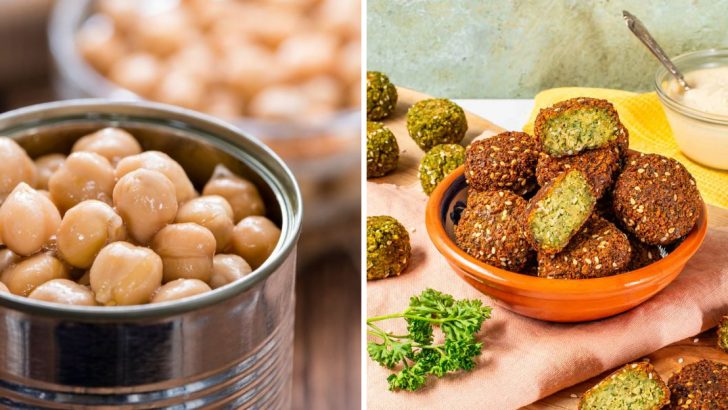Falafel, those crispy chickpea fritters beloved across the Middle East and beyond, seem simple enough to make. Yet between the mixing, shaping, and frying, countless home cooks find themselves serving up hockey pucks instead of those heavenly golden orbs.
I’ve battled the same frustrations—from patties that crumble before they hit the oil to ones that emerge greasy and dense. Ready to transform your falafel game from disappointing to delicious?
1. Using Canned Chickpeas

Grab those canned chickpeas and you’ve already committed falafel’s cardinal sin! Pre-cooked chickpeas create dense, mushy fritters that collapse faster than a soufflé in a slamming door. Traditional falafel demands dried chickpeas soaked overnight but never cooked before grinding.
The raw soaked beans provide the essential starch that gives falafel its signature texture—crispy outside, fluffy inside. This isn’t just culinary snobbery; it’s chemistry! When chickpeas cook before frying, they lose their binding power.
2. Skimping On Herbs
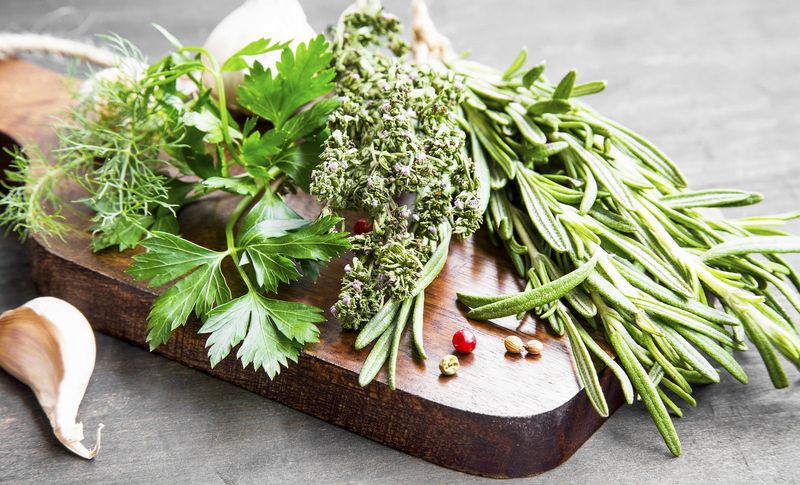
Bland, beige falafel is a crime against Mediterranean cuisine! Too many home cooks treat herbs as optional garnish rather than essential ingredients. Parsley, cilantro, and mint aren’t just for color—they’re flavor powerhouses that transform boring bean balls into aromatic wonders.
Fresh herbs should make up nearly a quarter of your mixture. Yes, that mountain of green might look excessive, but it collapses during processing. The herbs provide moisture, preventing the dreaded dry falafel syndrome that has diners reaching desperately for water.
3. Over-Processing The Mixture
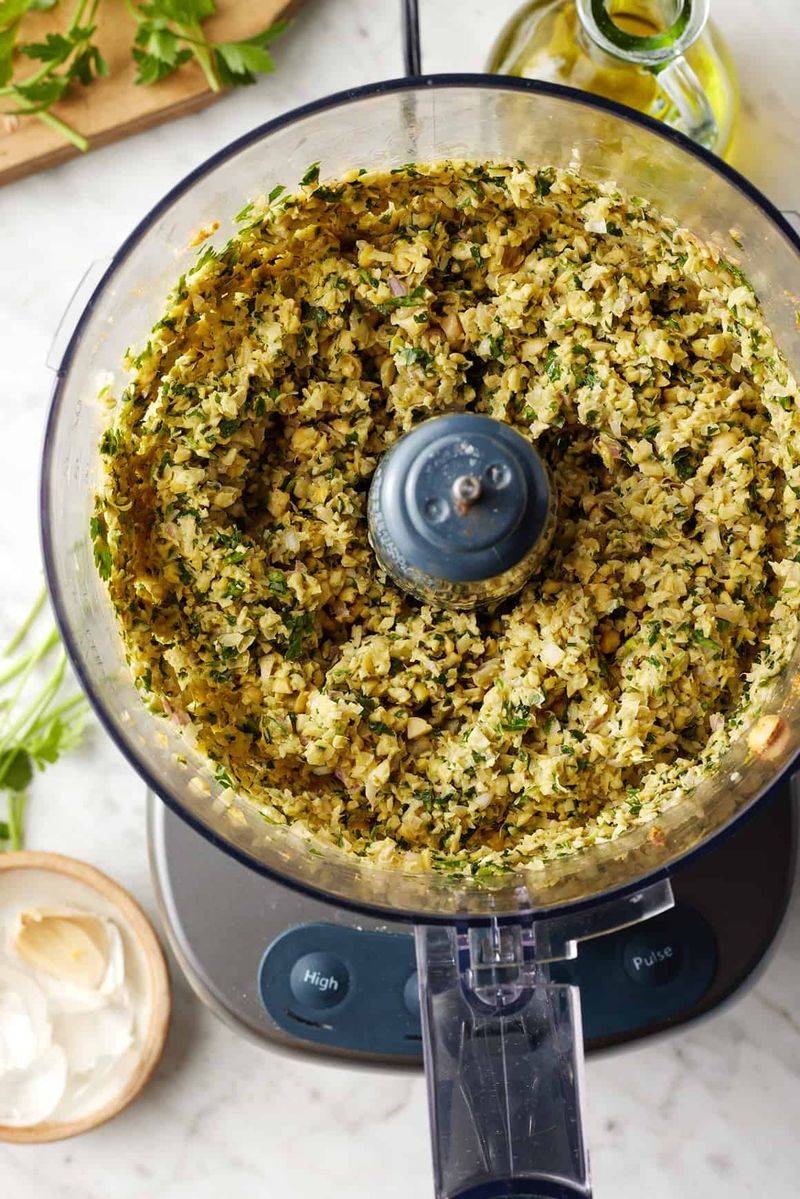
Pulverizing your falafel mix into green cement guarantees dense, heavy balls that sink in oil and stomachs alike! That food processor isn’t a punishment device—pulse gently until you achieve a coarse meal texture with tiny visible bits of chickpea and herb.
Think wet sand that barely holds together when squeezed, not peanut butter. Over-processed mixtures release too much starch, creating gummy interiors that never achieve that coveted light, fluffy center. The perfect falafel should have some textural character.
4. Frying At The Wrong Temperature
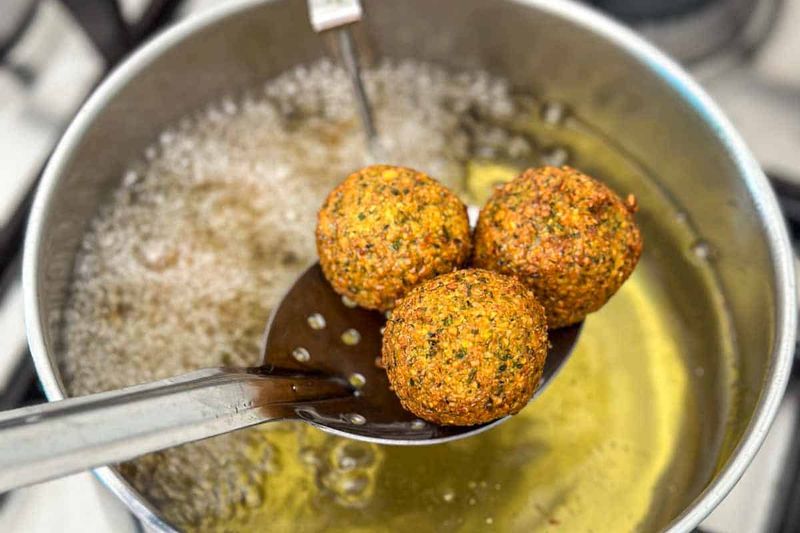
Oil temperature drama ruins more falafel than any other mistake! Too cool (below 350°F), and your falafel becomes an oil sponge, absorbing grease like a thirsty desert traveler. Too hot (above 375°F), and you’ll create charred exteriors hiding raw centers—a culinary disappointment of epic proportions.
Invest in a cooking thermometer instead of playing temperature roulette. The perfect oil registers between 350-375°F, creating that magical sizzle that seals the exterior quickly while allowing the inside to cook through.
5. Forgetting To Rest The Mixture
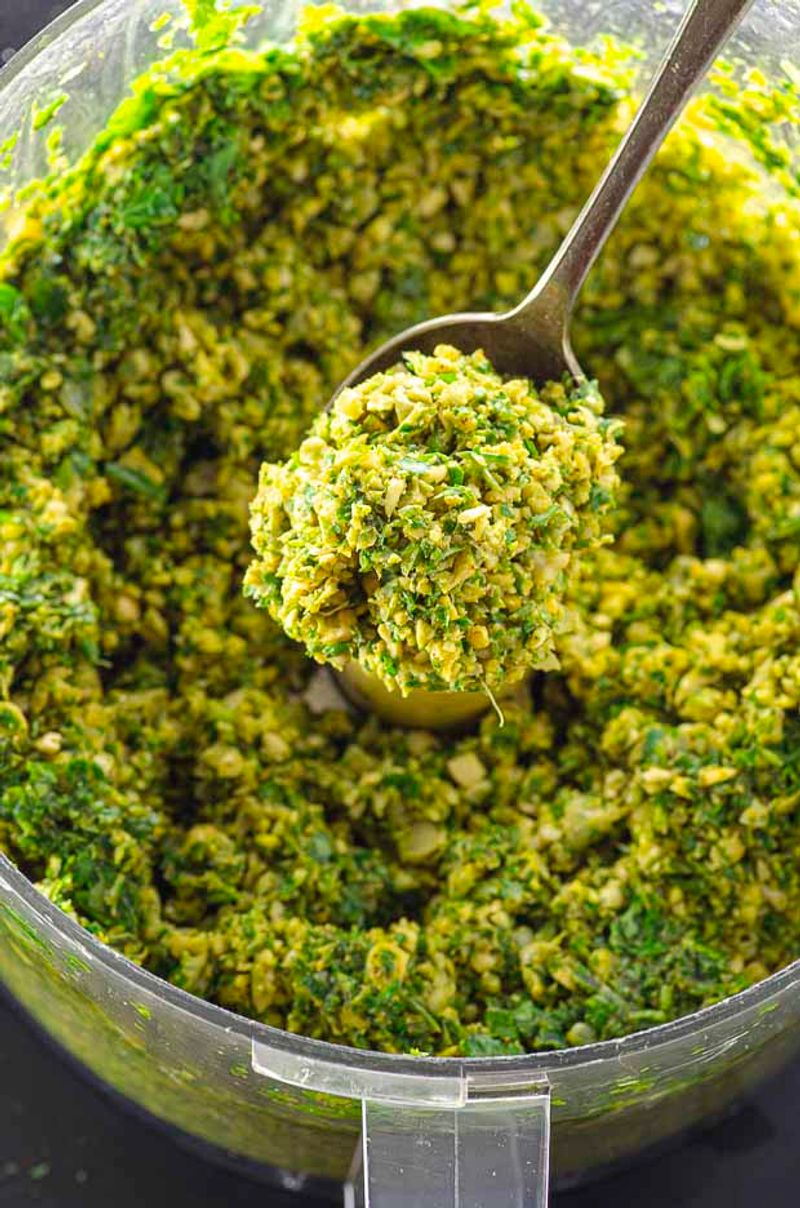
Impatience destroys potential falafel greatness! Mixing and immediately frying creates fragile patties that disintegrate faster than a sandcastle at high tide. The chickpea starches need time to absorb moisture and bind properly.
Give your mixture at least 30 minutes (preferably 2 hours) to rest in the refrigerator. This crucial waiting period allows flavors to meld while the starches work their binding magic. The mixture firms up, making it easier to shape without adding flour or breadcrumbs.
6. Making Massive Falafel Balls
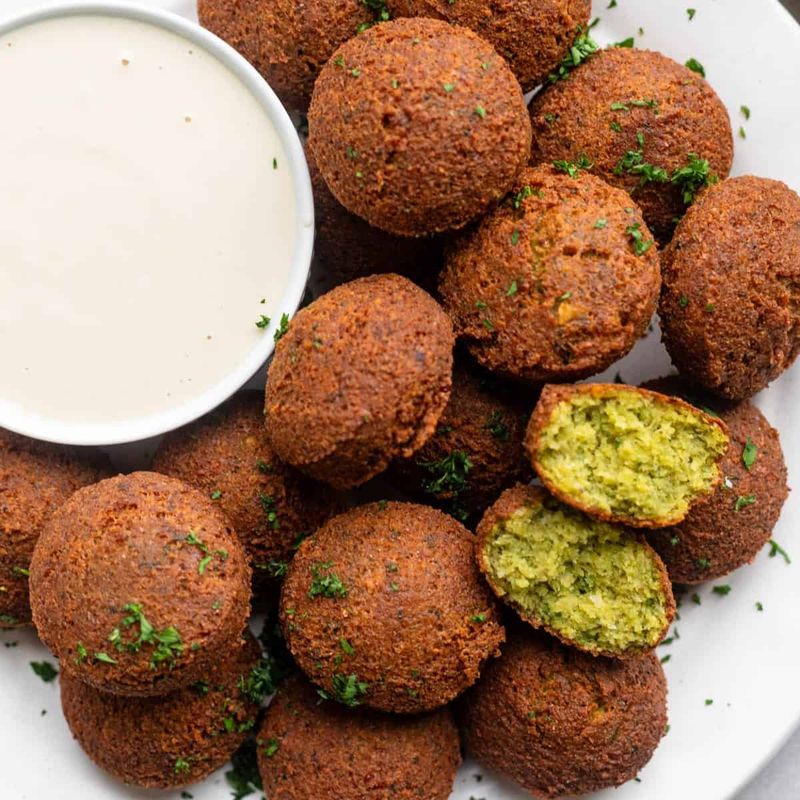
Supersized falafel belongs in a culinary horror story! Those giant golf ball-sized creations cook unevenly—crispy outsides hiding gummy, undercooked centers that stick to your teeth. Traditional falafel should be walnut-sized, about 1½ inches in diameter.
Smaller portions create the perfect ratio of crispy exterior to fluffy interior. They cook quickly and evenly, allowing the center to steam properly while the outside achieves golden perfection. Plus, smaller falafels are easier to stuff into pita pockets without structural collapse.
7. Adding Flour As A Default Binder
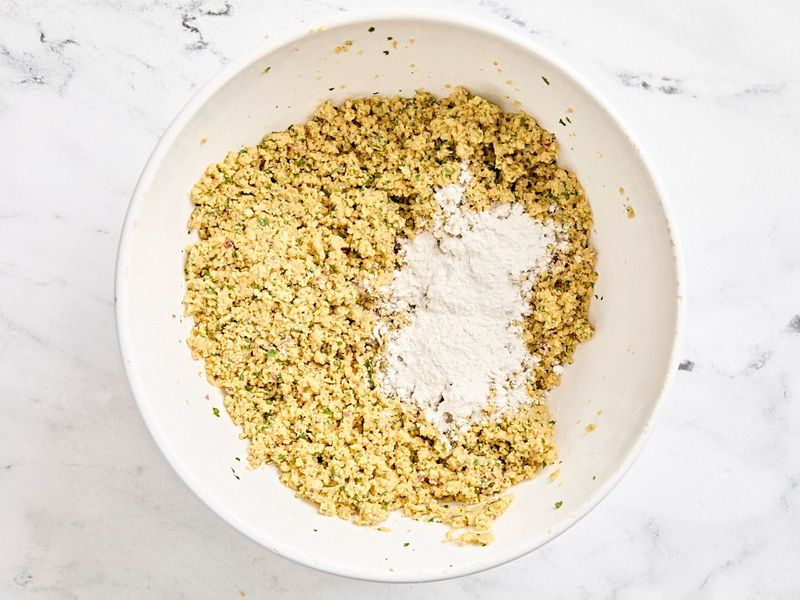
Panic-adding flour to a crumbly mixture creates dense, bread-like falafel that belongs in the culinary hall of shame! Flour is a last-resort emergency solution, not a standard ingredient. Authentic falafel binds naturally through properly soaked chickpeas and correct processing.
If your mixture won’t hold together, revisit your fundamentals: Are your chickpeas soaked long enough? Did you over-process? Is the mixture too wet? Adding chickpea flour (not wheat flour) in small amounts can help in true emergencies without compromising flavor.
8. Neglecting Crucial Spices
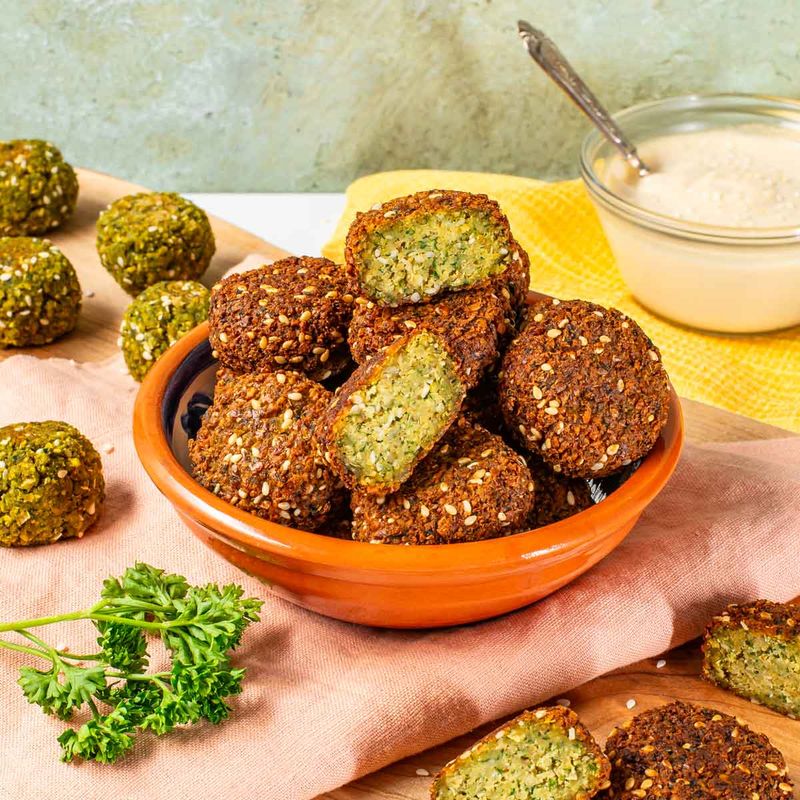
Falafel without proper spicing is like a symphony missing half its instruments! Cumin isn’t just nice to have—it’s essential for that earthy, warm foundation. Coriander brings citrusy notes while cardamom adds mysterious depth. Skipping these creates bland, forgettable fritters.
Toast whole spices before grinding for maximum flavor impact. The heat releases essential oils, transforming ordinary spices into aromatic powerhouses. This simple step elevates homemade falafel from decent to unforgettable.
9. Crowding The Frying Pan
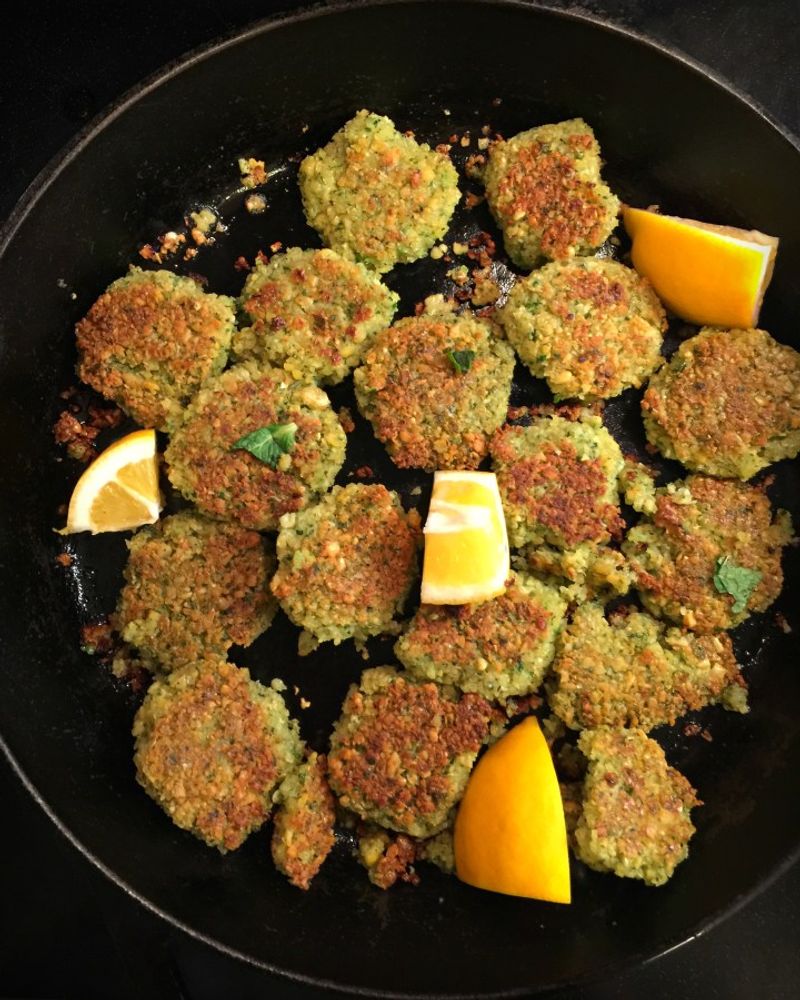
Falafel needs personal space! Cramming too many balls into your oil creates a temperature crash more dramatic than a reality TV showdown. The oil cools instantly, preventing that crucial quick-sear that locks in moisture and creates the crispy shell.
Overcrowded falafel steams instead of fries, resulting in soggy, oil-laden disappointments. Patience pays off—fry in small batches of 4-6 pieces, maintaining at least an inch of space between each ball.
10. Serving With Boring Accompaniments
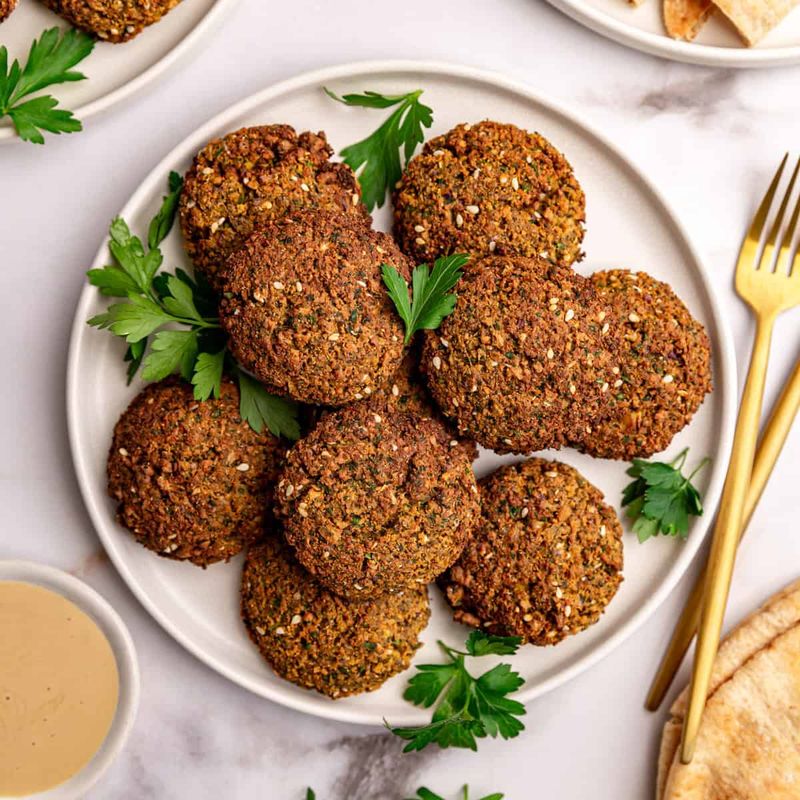
Naked falafel on a plate screams culinary laziness! These golden spheres deserve better than a sad dollop of store-bought hummus. The perfect falafel experience requires bright, acidic accompaniments that cut through the richness.
Whip up quick-pickled vegetables—radishes, turnips, or cabbage—that provide crunch and tang. A drizzle of tahini sauce thinned with lemon juice and ice water creates silky luxury. Don’t forget fresh herbs like mint and parsley scattered generously over everything.
11. Making Them Too Far In Advance
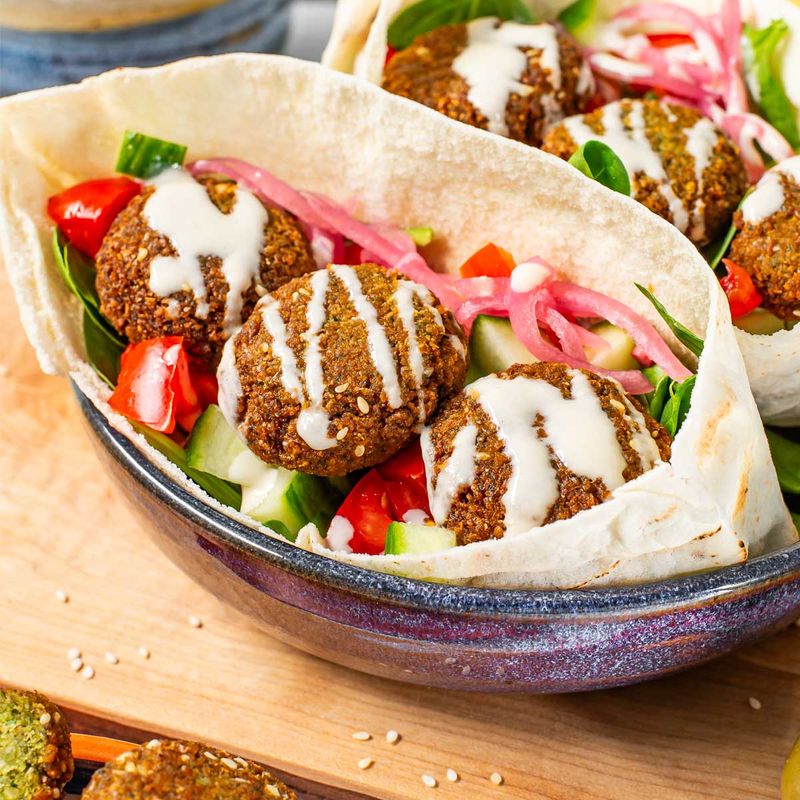
Falafel waits for no one! Preparing these crispy delights hours before serving guarantees disappointment of soggy, deflated proportions. The magic window between perfection and sadness is shockingly brief—about 15 minutes.
Fresh falafel straight from the fryer possesses a crispy exterior that gradually softens as steam from the interior breaks through. By the 30-minute mark, that glorious textural contrast has vanished like morning mist. No reheating method can fully restore fallen falafel glory.
12. Ignoring Regional Variations
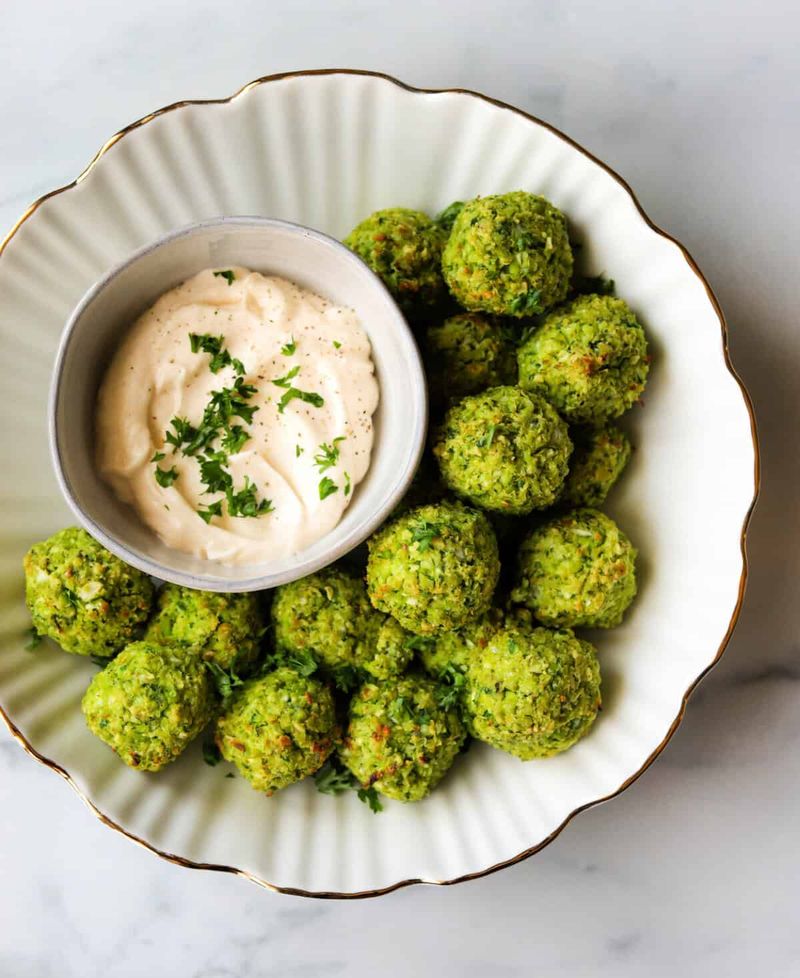
Falafel isn’t a one-recipe-fits-all situation! Egyptian falafel (ta’ameya) uses fava beans instead of chickpeas, creating a vibrant green interior with distinctive flavor. Palestinian versions often mix chickpeas and favas. Treating all falafel as identical erases centuries of culinary evolution.
Lebanese falafel embraces chickpeas with generous sesame seeds, while Syrian versions might include more bulgur wheat. These aren’t just minor tweaks—they represent cultural heritage expressed through food.

